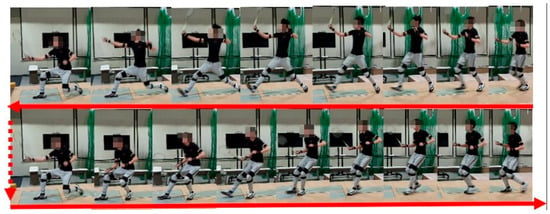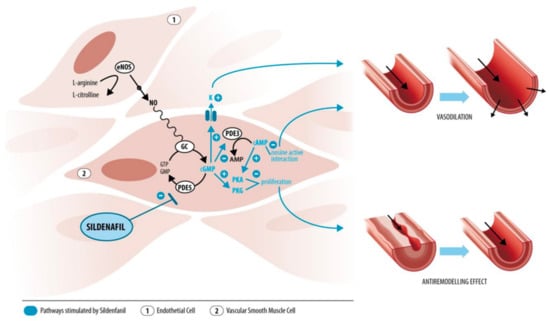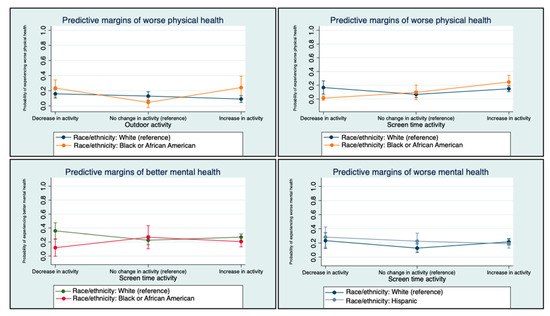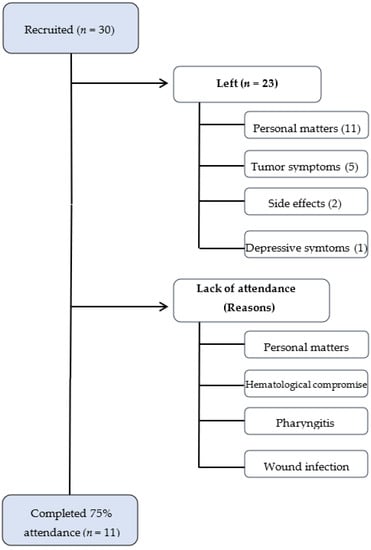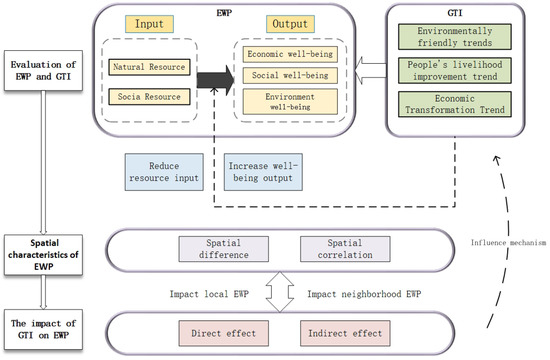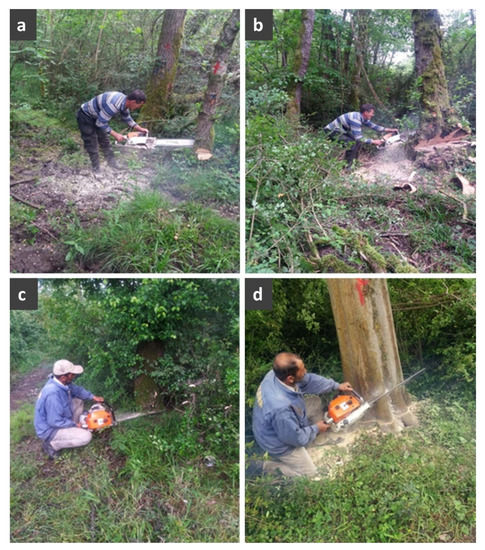Arnold School of Public Health, University of South Carolina, Columbia, SC 29208, USA
Int. J. Environ. Res. Public Health 2022, 19(18), 11211; https://doi.org/10.3390/ijerph191811211 - 7 Sep 2022
Cited by 13 | Viewed by 3050
Abstract
The pandemic mitigation strategy of closing schools, while necessary, may have unintentionally impacted children’s moderate-to-vigorous physical activity (MVPA), sleep, and time spent watching screens. In some locations, schools used hybrid attendance models, with some days during the week requiring in-person and others virtual
[...] Read more.
The pandemic mitigation strategy of closing schools, while necessary, may have unintentionally impacted children’s moderate-to-vigorous physical activity (MVPA), sleep, and time spent watching screens. In some locations, schools used hybrid attendance models, with some days during the week requiring in-person and others virtual attendance. This scenario offers an opportunity to evaluate the impact of attending in-person school on meeting the 24-h movement guidelines. Children (N = 690, 50% girls, K–5th) wore wrist-placed accelerometers for 14 days during October/November 2020. Parents completed daily reports on child time spent on screens and time spent on screens for school. The schools’ schedule was learning for 2 days/week in-person and 3 days/week virtually. Using only weekdays (M–F), the 24-h movement behaviors were classified, and the probability of meeting all three was compared between in-person vs. virtual learning and across grades. Data for 4956 weekdays (avg. 7 d/child) were collected. In-person school was associated with a greater proportion (OR = 1.70, 95% CI: 1.33–2.18) of days that children were meeting the 24-h movement guidelines compared to virtual school across all grades. Students were more likely to meet the screen time (OR = 9.14, 95% CI: 7.05–11.83) and MVPA (OR = 1.50, 95% CI: 1.25–1.80) guidelines and less likely to meet the sleep (OR = 0.73, 95% CI: 0.62–0.86) guidelines on the in-person compared to the virtual school days. Structured environments, such as school, have a protective effect on children’s movement behaviors, especially physical activity and screen time.
Full article
(This article belongs to the Special Issue Physical Activity Interventions in the School Setting)
▼
Show Figures


